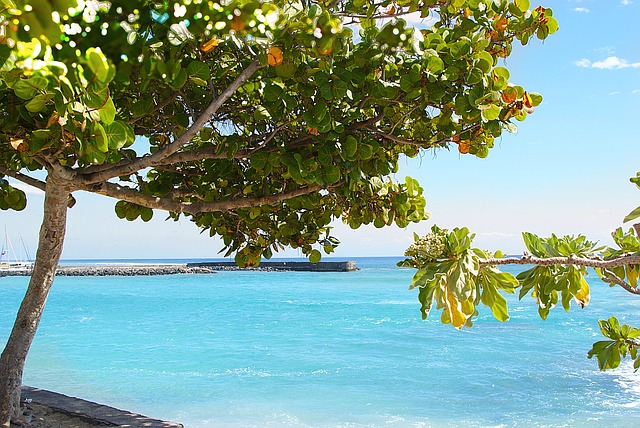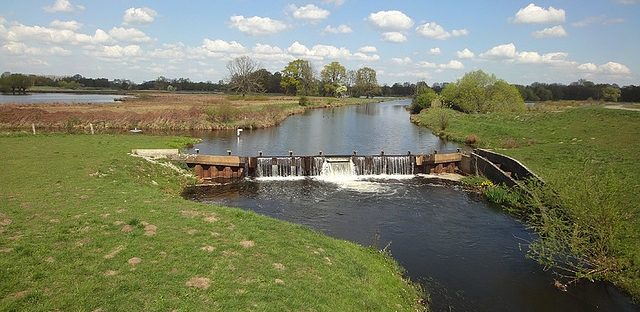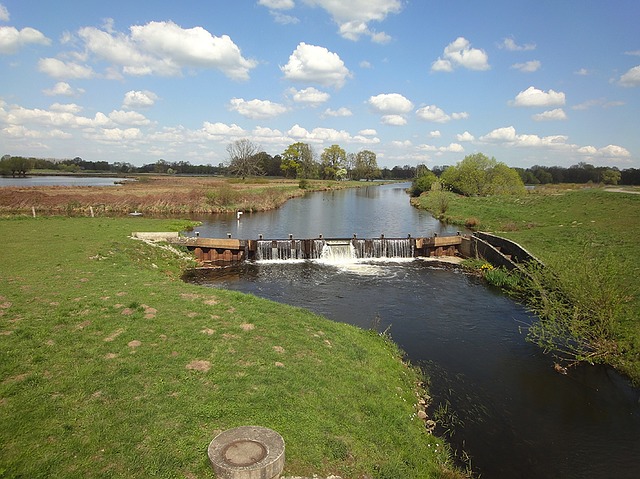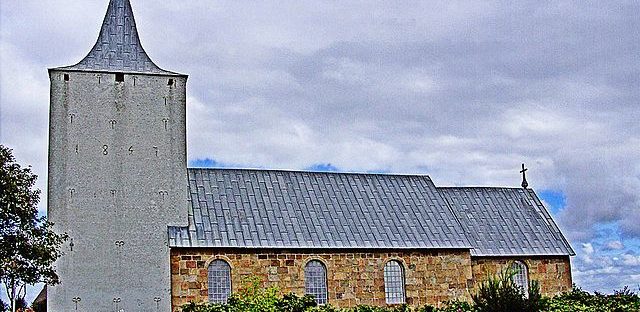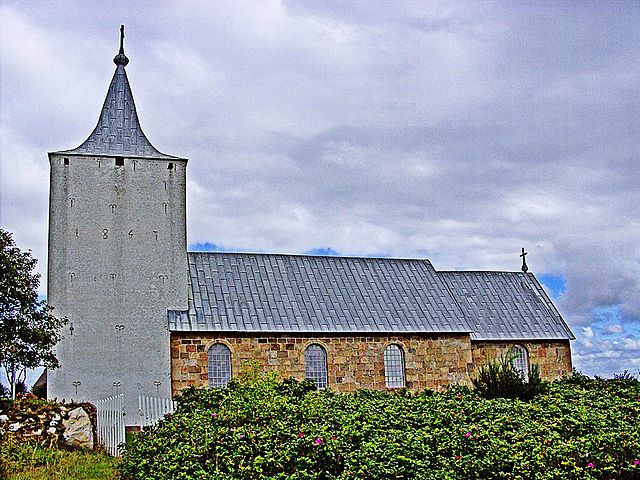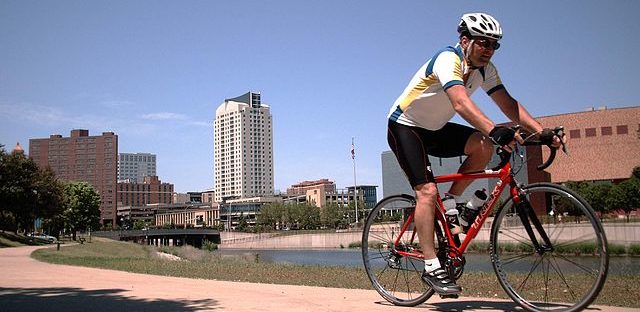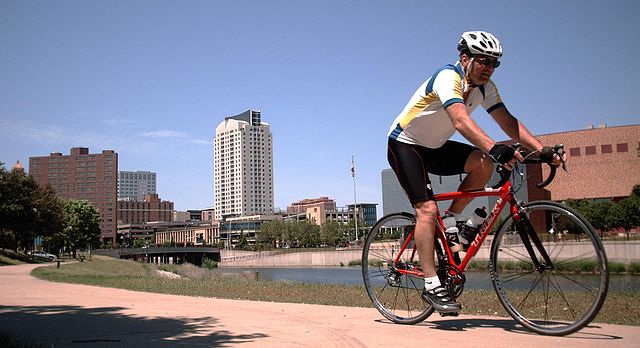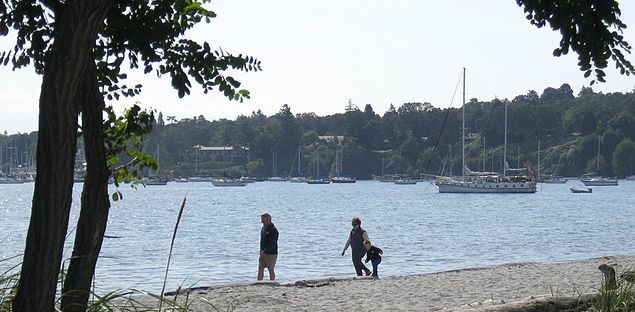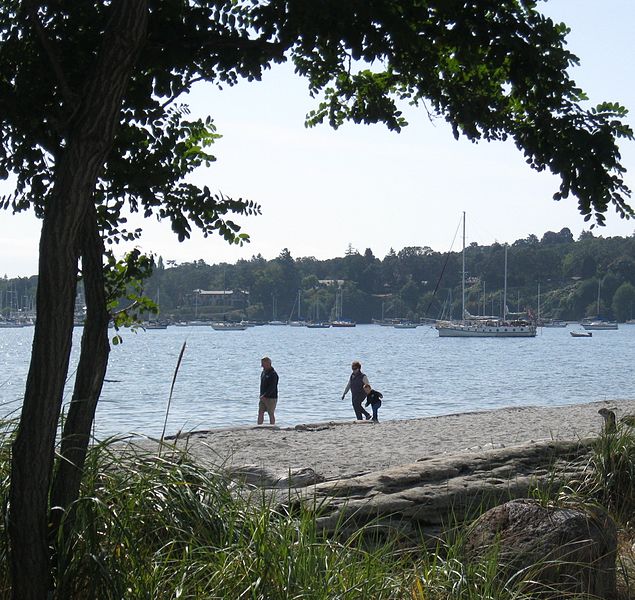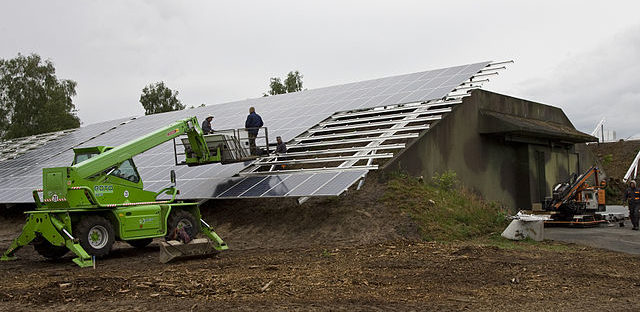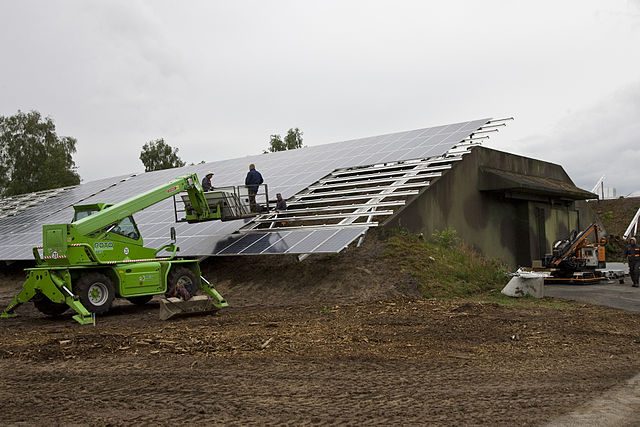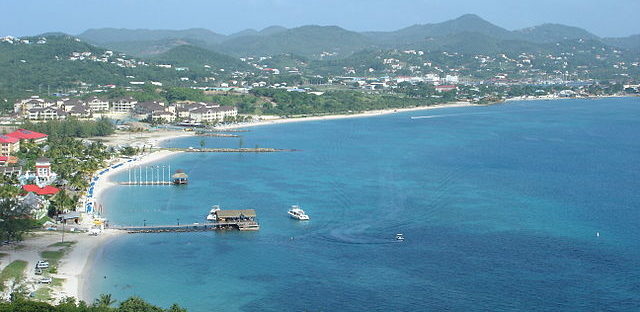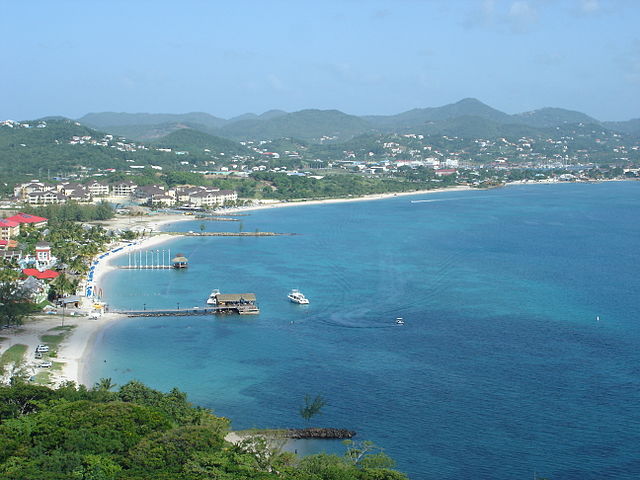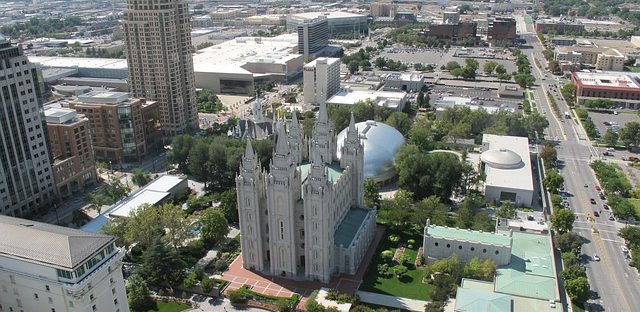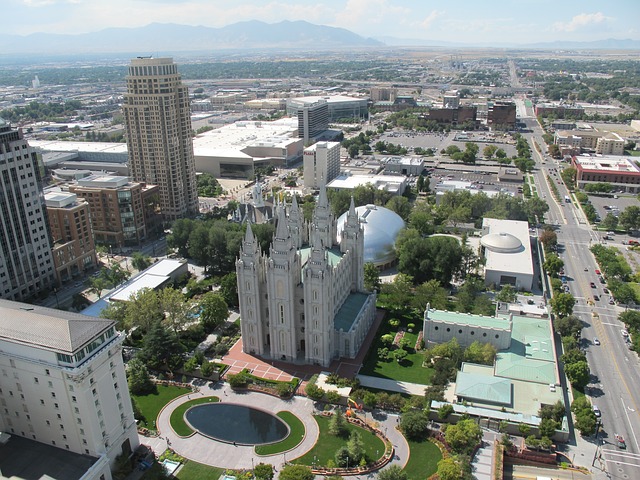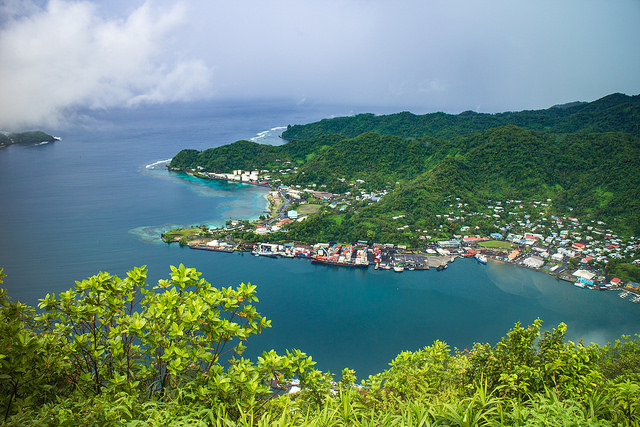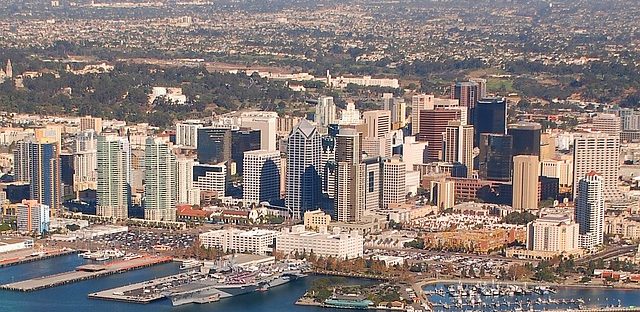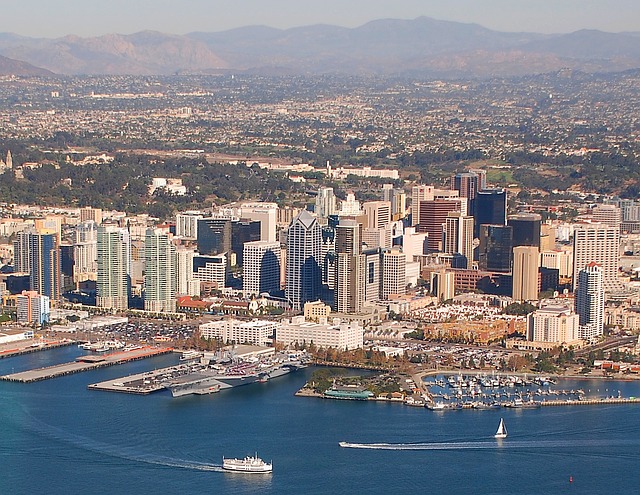Implementation: On October 2, 2017, the District of Saanich, British Columbia adopted a 100% renewable energy target for its entire community. It is assessing the feasibility of having all Municipal Buildings become 100% RE by 2025. Efforts began in 2010 when the municipality approved the Saanich Climate Action Plan, with the commitment to reduce greenhouse gas emissions by 33% in the community and 50% in municipal operations by 2020, based on 2007 levels. In 2016, Saanich began developing an RE strategy for each municipal building. The RE retrofit in municipal buildings would provide beneficial examples to the community and the Region.
Saanich joins Vancouver and Victoria, British Columbia and Oxford County, Ontario (three major cities in British Columbia) in committing to 100% renewable energy, all of which have adopted the target for their electricity, heating and cooling, and transportation sectors. Located on the southern tip of Vancouver Island, the municipality is home to 115,000 residents. In addition to phasing out fossil fuels by the year 2050, Saanich will also pursue an 80% greenhouse gas emissions reduction goal.
The City's Energy Plan initiative is called 100% Renewable Saanich. Its Terms of Reference can be read here. The plan for the renewable energy transition will baseline existing energy use, explore different scenarios, engage the community, and suggest monitoring and reporting options.
Video: Saanich TAP project
